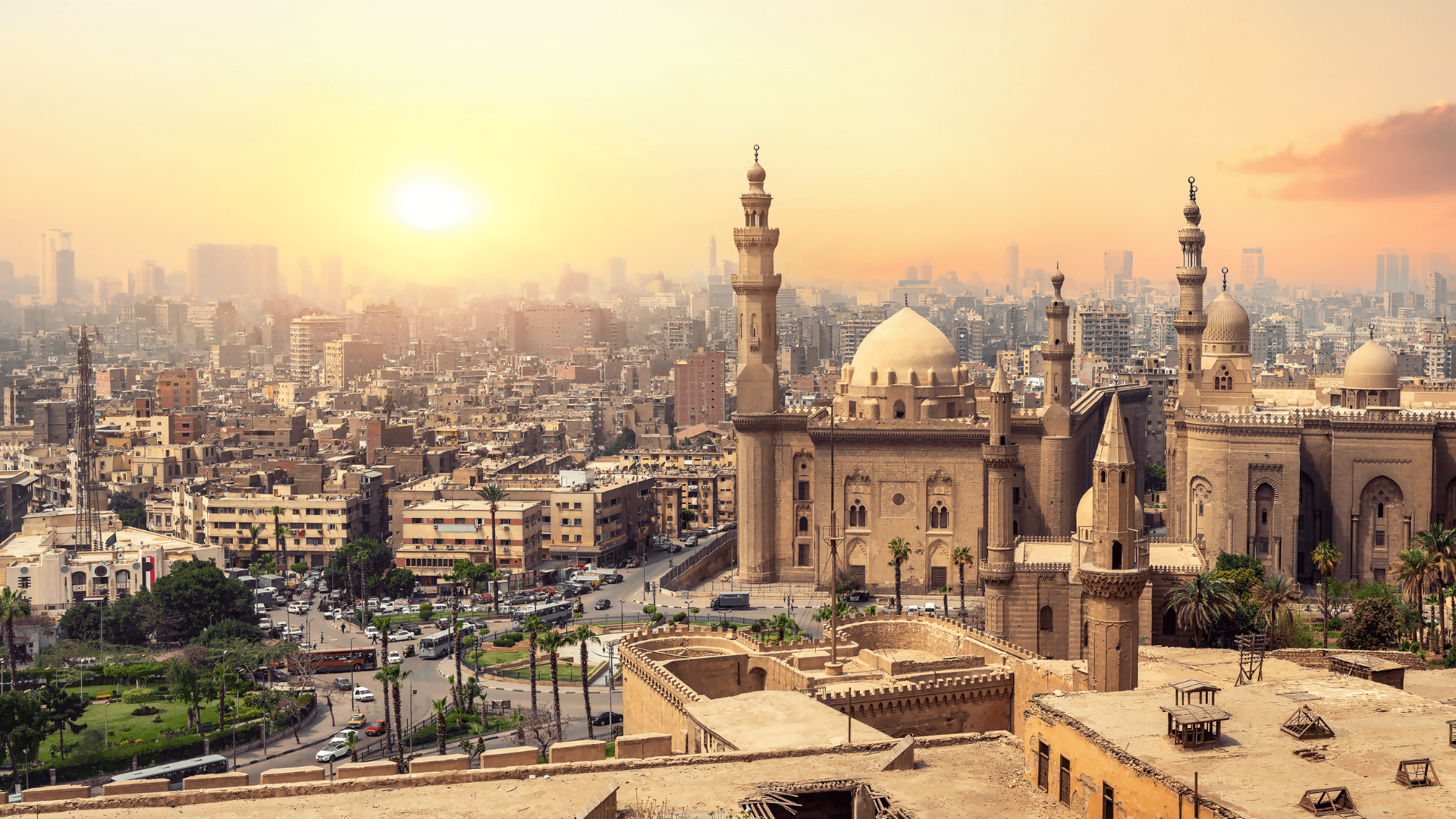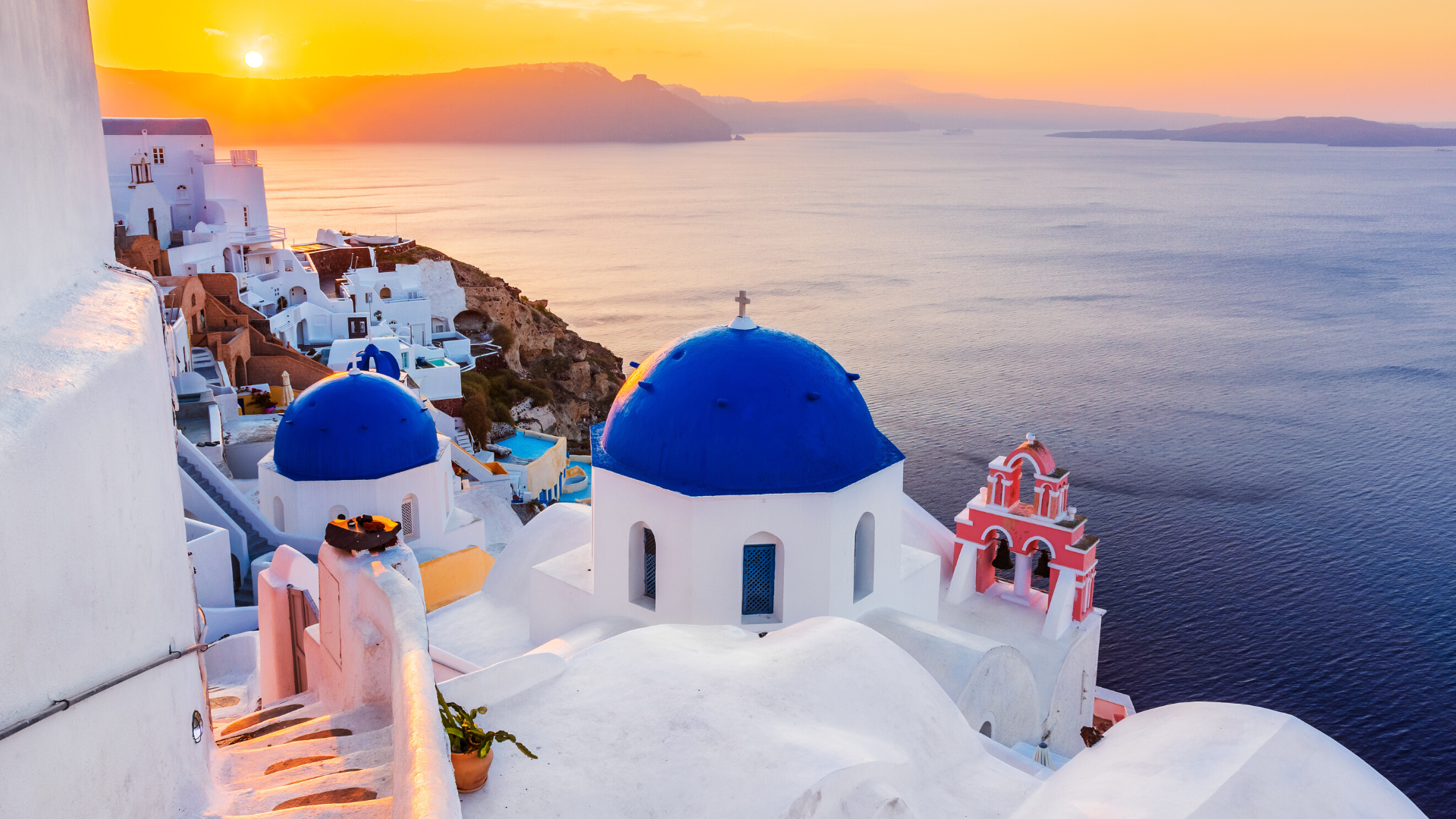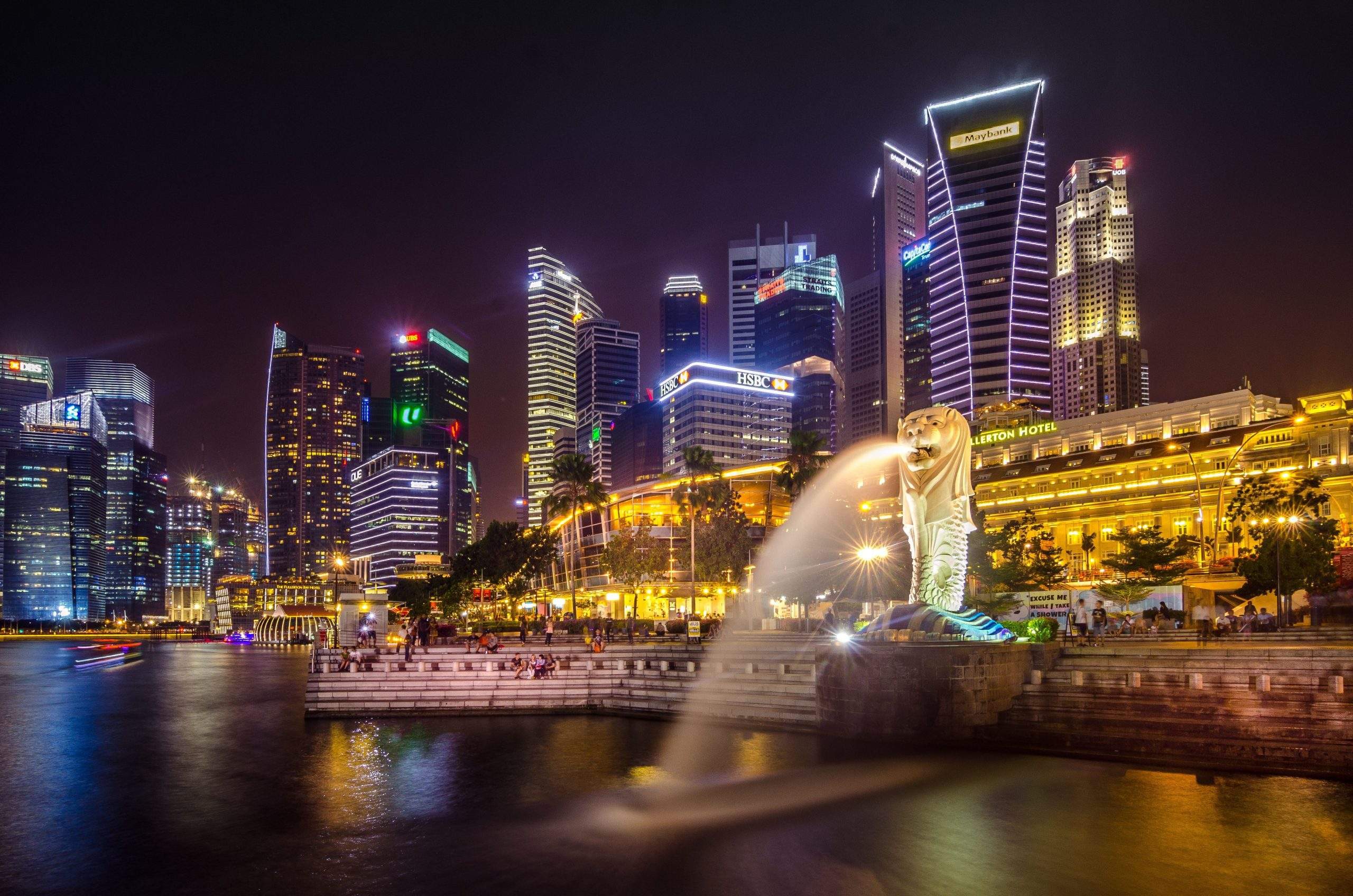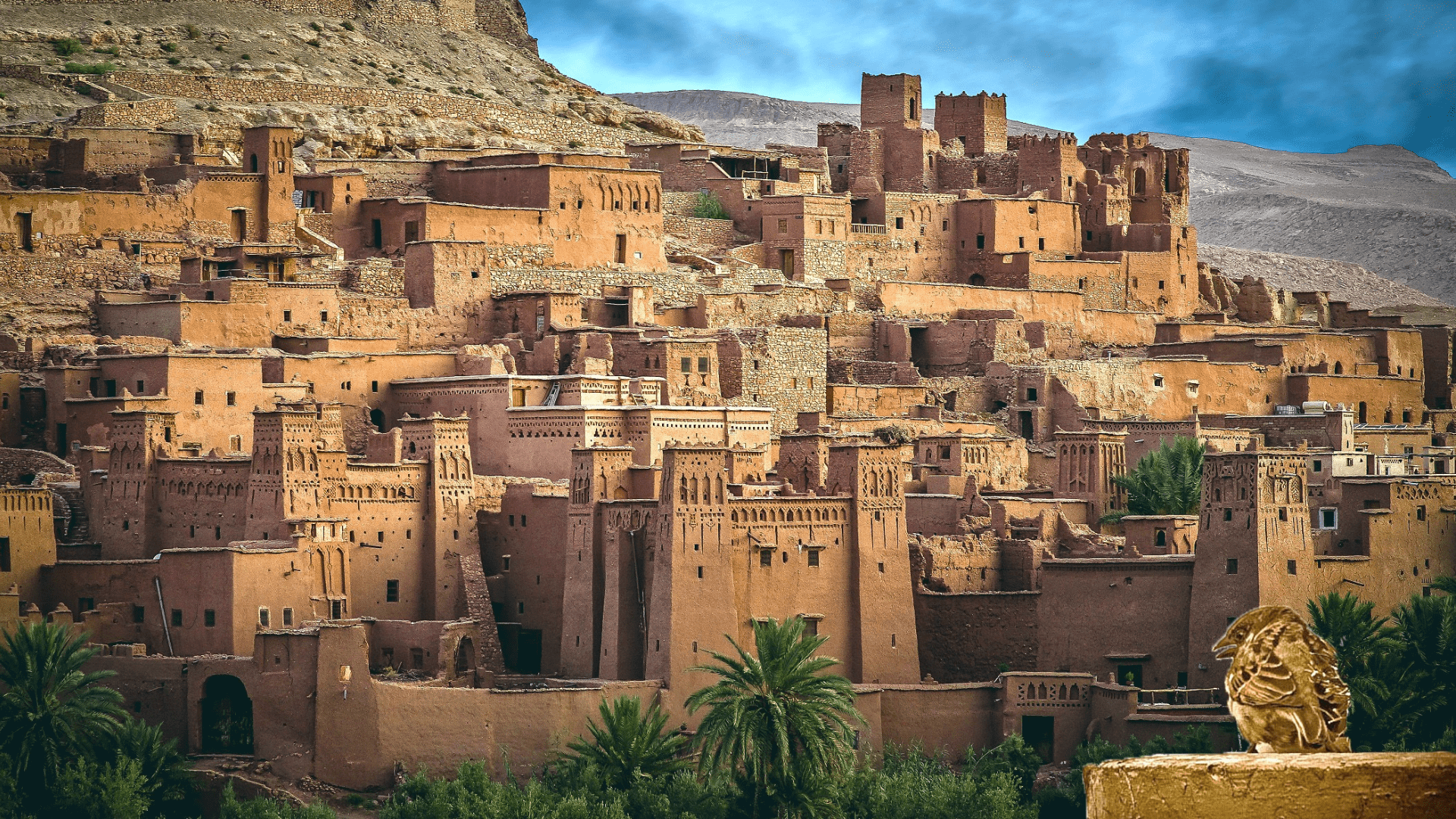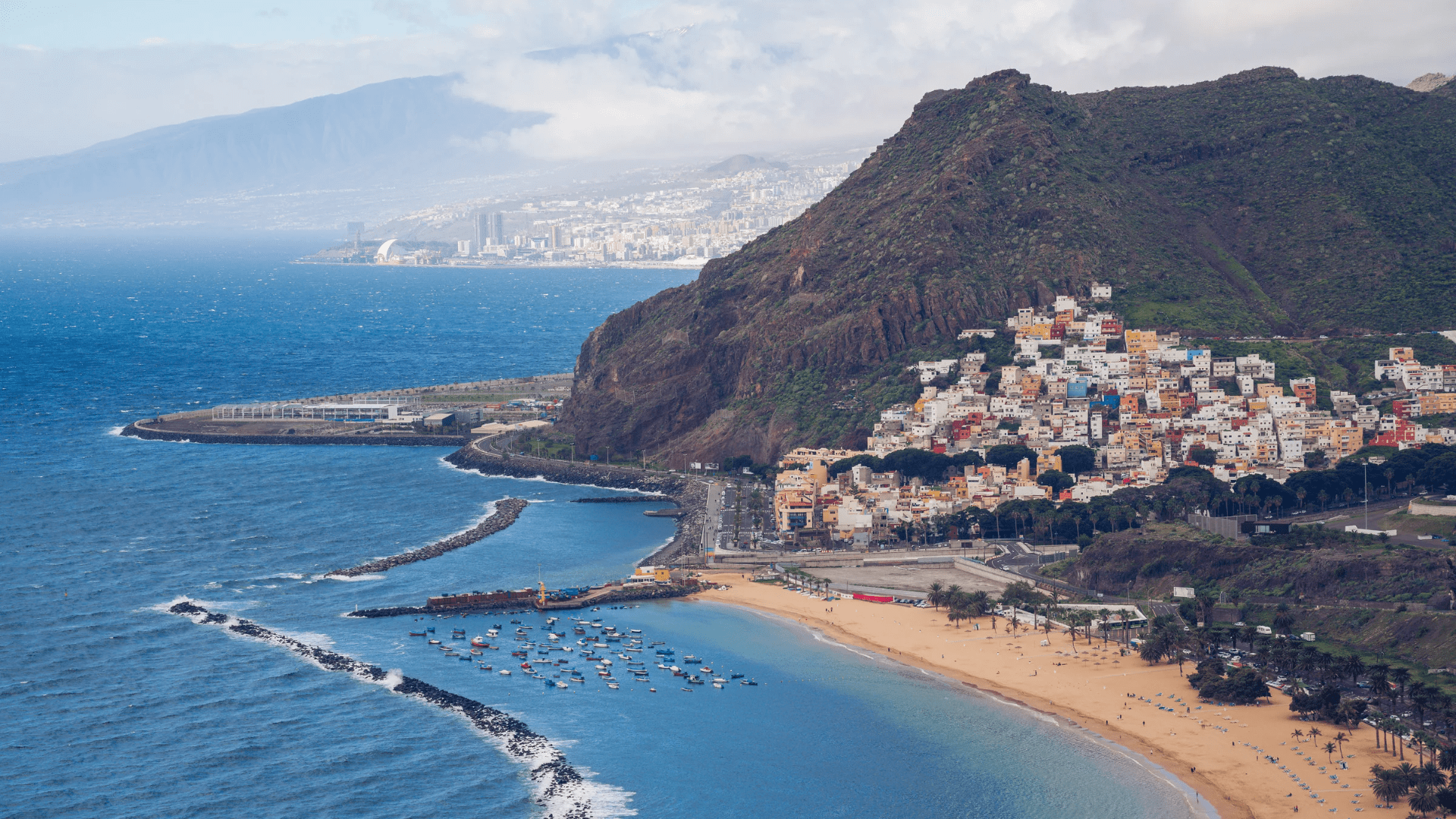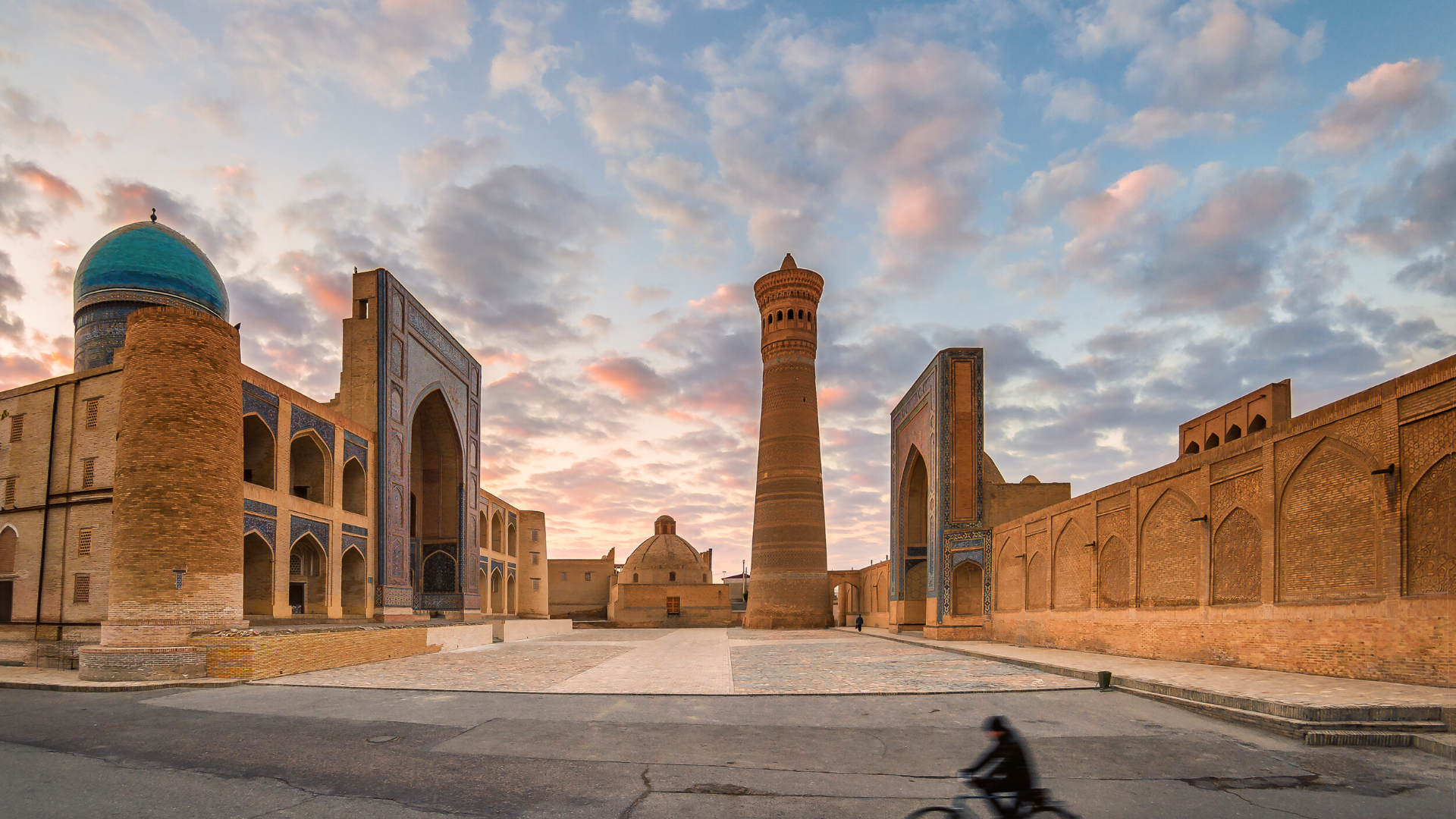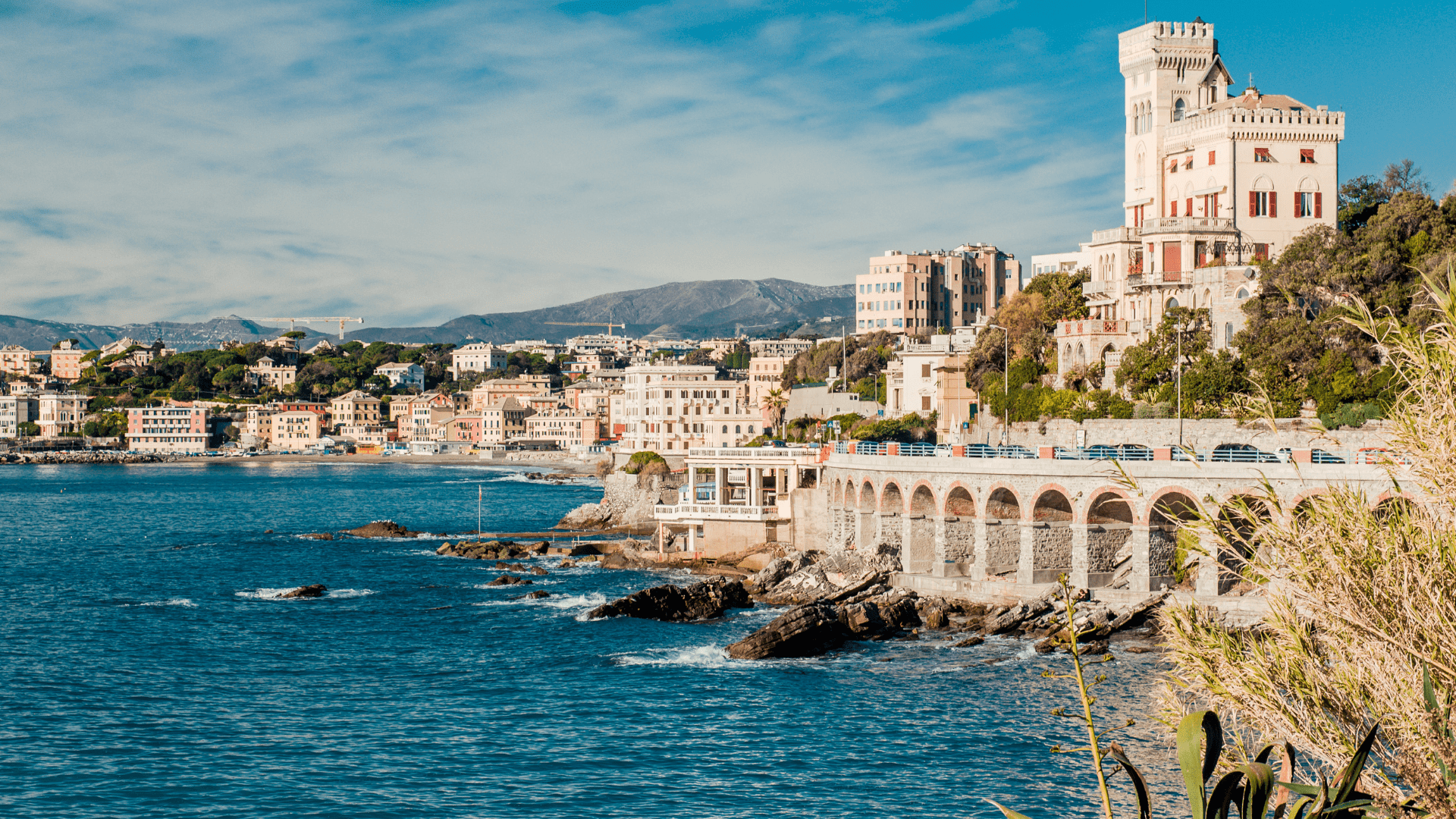Amazing Egypt
9 Days/ 8 Nights
DAY 1: Arrival to Cairo
Arrival in Egypt, the Land of the Pharaohs, at Cairo International airport, Representative will be waiting for you after you get your luggage and clear customs and will be holding the MB Travel Tour sign, then escorted to your hotel.
DAY 2: Cairo, Pyramids Tour
Drive to Sakkara site, Sakkara is one section of the great necropolis of Memphis, the Old Kingdom capital, and the kings of the 1st Dynasty as well as that of the 2nd Dynasty. This is the mostl buried in this section of the Memphis necropolis. It has been of constant interest to Egyptologists. Three major discoveries have recently been made at Sakkara, including a prime minister tomb, a queen’s pyramid, and the tomb of the son of a dynasty-founding king. Each discovery has a fascinating story, with many adventures for the archaeologists as they revealed the secrets of the past.
Continue to Memphis. Founded around 3,100 BC, is the legendary city of Menes, the King who united Upper and Lower Egypt. Early on, Memphis was more likely a fortress from which Menes controlled the land and water routes between Upper Egypt and the Delta. Having probably originated in Upper Egypt, from Memphis he could control the conquered people of Lower Egypt. However, by the Third Dynasty, the building at Saqqara suggests that Memphis had become a sizable city
Stop for Lunch at local restaurant, and proceed to the Giza Plateau, home of Egypt signature attractions, the Great Pyramids, proclaimed by the Greeks to be among the Seven Wonders of the ancient world. The largest among these is the Great Pyramid of Cheops, probably built more than 2,600 years before the time of Christ. Standing 480 feet tall this is the last of the Seven Wonders of the ancient world that still standing. Little is known of Cheops, you`ll also see the inscrutable and mysterious Sphinx, known in Arabic as Abu al-Hol (“the Father of Terror”) and carved almost entirely from one piece of limestone.
Evening, our farewell at the magnificent event, the (Sound & Light Show in Cairo if available). Inaugurated in April of 1961, with the narrative voice of the late Richard Burton, magnificent sound and lighting effects, the show begins with the narrative of the Sphinx, who has been the guardian of the city of the dead for five thousand years. Overseeing the building of the three pyramids, the Sphinx reflects on the historical contributions of Thutmosis IV, Akhnaten, Nefertiti and Tutankhamon.
Meals: Breakfast, Lunch
DAY 3: Cairo, City Tour
Start your day with a visit to the Egyptian Museum you`ll stroll through the halls highlighting each historical period of this ancient land, Marvel at the glittering treasures of King Tutankhamen, unparalleled in their variety, exquisite beauty, and sheer weight in gold. Seeing this treasure of more than 1,700 fabulous items buried with a young and relatively unimportant king, who can even imagine what the tombs of great and long-lived pharaohs must have contained.
Continue to the Old Cairo explore some of the early religious monuments of the city. You`ll visit the El Muallaqa Church, dating to the late fourth and early fifth century. This basilica was named for its location on top of the south gate of the Fortress of Babylon. Muallaqa means suspended or hanging. Destroyed in a ninth-century earthquake, the church became the center of the Coptic (or Christian) Church of Egypt from the time it was rebuilt in the eleventh century until the 14th century.
Lunch at local restaurant
End the day at the National Museum of Egyptian Civilization, a large museum in the ancient city of Fustat, now part of Cairo, Egypt. The museum partially opened in February 2017 and will display a collection of 50,000 artefacts, presenting Egyptian civilization from prehistoric times to the present day.
Meals: Breakfast, Lunch
DAY 4: Cairo, Luxor, Cruise Sightseeing East Bank
Early morning transfer to Cairo airport for your flight to Luxor.
Upon arrival visit Karnak Temple, In ancient Egypt, the power of the god Amun of Thebes gradually increased during the early New Kingdom, and after the short persecution led by Akhenaten, it rose to its apex. In the reign of Ramesses III, more than two thirds of the property owned by the temples belonged to Amun, evidenced by the stupendous buildings at Karnak. Although badly ruined, no site in Egypt is more impressive than Karnak. It is the largest temple complex ever built by man, and represents the combined achievement of many generations of ancient builders. The Temple of Karnak is actually three main temples, smaller enclosed temples, and several outer temples located about three kilometers north of Luxor, Egypt situated on 100 ha (247 acres) of land. Karnak is actually the sites modern name. Its ancient name was Ipet-isut, meaning “The Most Select (or Sacred) of Places”. This vast complex was built and enlarged over a thirteen hundred year period. The three main temples of Mut, Montu and Amun are enclosed by enormous brick walls.
Proceed to visit the Temple of Luxor, built by the two pharaohs, Amenhotep III and Ramses II. Ancient Thebes was a center of festivals, and the Temple of Luxor was the setting for the most important-the festival of Opet, designed to merge the ruler`s human and divine aspects. The temple was dedicated to Amun-Ra, whose marriage to Mut was celebrated annually, when the sacred procession moved by boat from Karnak to Luxor Temple.
12:30 PM transfer to your luxury Nile Cruise where you will spend the next 4 nights / 5 days.
01:30 PM Lunch on board
05:00 PM Afternoon Tea
09:00 PM Belly Dancer and Folkloric Show
Overnight in Luxor.
Meals: Breakfast, Lunch, Dinner
DAY 5: Luxor, West Bank Tour, Esna
04:00 AM (Optional Hot Air Balloon Ride in Luxor). As the sun rises over Luxor, so can you, aboard an optional hot-air balloon ride. The sights, sounds, and sheer spectacle of seeing these antiquities from the sky will surely make for a morning you will remember forever.
07:00 AM Breakfast, then visit The West Bank, starting with Valley of the Kings, with its many tombs chiseled deep into the Cliffside. From the 18th to the 20th Dynasty, the Memphis area and pyramid-style tombs were abandoned in favor of the West Bank of the Nile in Thebes. Several great leaders as well as many less important rulers are buried here, and more tombs are being discovered even today. This is where Howard Carter discovered the treasures of Tutankhamen and was struck dumb with amazement when he be held its wonderful things in 1922.
Proceed to the funerary temple of Queen Hatshepsut at Deir El Bahari. The mortuary temple of Queen Hatshepsut is one of the most dramatically situated in the world. The queen&rsquos architect, Senenmut, designed it and set it at the head of a valley overshadowed by the Peak of the Thebes, the Lover of Silence where the goddess who presided over the necropolis lived.
Experience how the Egyptian Created the Alabaster Status at the local Alabaster Factory in Luxor.
Last stop will be at the Colossi of Memnon. Amenhotep III (18th Dynasty) built a mortuary temple in Thebes that was guarded by two gigantic statues on the outer gates. All that remains now are the 23 meters (75 ft.) high, one thousand-ton statues of Amenhotep III. Though damaged by nature and ancient tourists, the statues are still impressive, back to the cruise for lunch, rest of the day to relax on your boat, overnight in Luxor.
02:00 PM Lunch on Board
05:00 PM Afternoon Tea and Captains Welcome Cocktail
07:00 PM Dinner on Board
09:00 PM Disco and Music
Overnight in Esna
Meals: Breakfast, Lunch, Dinner
DAY 6: Esna, Edfu, Kom Ombo
Early morning, start sailing to Edfu and visit Edfu Temple, also known as the Temple of Horus, the falcon-god, (237 B.C.) considered the best-preserved temple in Ancient Egypt and the second largest after the Temple of Karnak. Dedicated to Horus, the falcon headed god, it was built during the reigns of six Ptolemies. We have a great deal of information about its construction from reliefs on outer areas. It was begun in 237 BC by Ptolemy III Euergetes I and was finished in 57 BC. Most of the work continued throughout this period with a brief interlude of 20 years while there was unrest during the period of Ptolemy IV and Ptolemy V Epiphanes. This is not only the best preserved ancient temple in Egypt, but the second largest after Karnak. It was believed that the temple was built on the site of the great battle between Horus and Seth. Hence, the current temple was but the last in a long series of temples build on this location.
Sail to Kom Ombo and Enjoy Lunch during sailing
Afternoon Tea
Visit Kom Ombo Temple (the Ptolemaic Temple of Sobek & Haroeries). Located in the town of Kom-Ombo, about 28 miles north of Aswan, the Temple, dating to the Ptolemies, is built on a high dune overlooking the Nile. The actual temple was started by Ptolemy VI Philometor in the early second century BC. Ptolemy XIII built the outer and inner hypostyle halls. The outer enclosure wall and part of the court were built by Augustus sometime after 30 BC and are mostly gone. There are also tombs from the Old Kingdom in the vicinity of Kom-Ombo village.
07:00 PM Dinner on Board
09:00 PM Egyptian Galabeya Party
Overnight in Kom Ombo
Meals: Breakfast, Lunch, Dinner
DAY 7: Aswan
After Breakfast, visit the Unfinished Obelisk, Much of the red granite used for ancient temples and colossi came from quarries in the Aswan area. Around these quarries are many inscriptions, many of which describe successful quarrying projects. The Unfinished Obelisk located in the Northern Quarry still lies where a crack was discovered as it was being hewn from the rock. Possibly intended as a companion to the Lateran Obelisk, originally at Karnak but now in Rome, it would have weighed over 2.3 million pounds and would have been the world&rsquos largest piece of stone ever handled. However, a crack in the stone occurred, which caused it to be abandoned. Tools left by its builders have given us much insight into how such work was performed. The site has recently been renovated and equipped with tourist facilities.
Enjoy motor Boat sailing to Philae Temple, Philae Temple was dismantled and reassembled (on Agilika Island about 550 meters from its original home on Philae Island) in the wake of the High Dam. The temple, dedicated to the goddess Isis, is in a beautiful setting which has been landscaped to match its original site. Its various shrines and sanctuaries, which include The Vestibule of Nectanebos I which is used as the entrance to the island, the Temple of the Emperor Hadrian, a Temple of Hathor, Trajans Kiosk (Pharaohs Bed), a birth house and two pylons celebrate all the deities involved in the Isis and Osiris myth. The Victorian world fell in love with the romance of the Temple.
Lunch on Board
Experience the history or aroma therapy and the essential Oil at one of the Famous Aswan perfume and Oil Factory
08:00 PM Dinner on Board
09:00 PM Nubian Show
Overnight in Aswan
Meals: Breakfast, Lunch, Dinner
DAY 8: Aswan, Nubian Village, Cairo
08:00 AM After breakfast, check out and leave our luggage at the Nile Crusie front desk.
09:00 AM Visit the Nubian Village. The three Nubian Villages that are set in a beautiful landscape of the palm trees are located in the bottom of the Elephantine Islands. Have a great time as you undergo the experience of how they earn tie livelihood that they happily show to you. In the Pharaonic times these villages of great significance as they were source of gold, Nubians are the ancient tribes who inhabited this part of Aswan. These people who are of a simple taste and innocent nature stand in stark contrast to the Arab countrymen. It is almost like ancient and traditional wonders in the modern world. Also (if available) you can have a taste of the tasty bread that they bake in their households. See the local handicraft that they make. Also what is interesting is their houses that are made of ceramics. The bright colors houses are more African in their style rather than being Egyptian. See the baby crocodiles that the Nubians let free in Lake Nasser when they grow.
Lunch (Nubian Cusine) will be served at a Nubian Restaurant overlooking the Nile.
You may skip the above Nubian Village tour and lunch and pay for the Optional tour to (Abu Simbel tour ), started at 04:00 AM. Situated 280km south of Aswan. Exploring the magnificent monuments carved into solid rock 3,000 years ago. In a monumental feat of modern engineering, these massive temples were moved to their present location when construction of the Aswan High Dam in 1960 created Lake Nasser and flooded their original location. This extraordinary operation to save one of the world`s greatest treasures took years and the efforts of an international team of engineers and archaeologists. The two temples at Abu Simbel were built by Egypt`s great Pharaoh Ramses II (Egypt`s longest-ruling king) as a tribute to the deities and his favorite wife Nefertari. Four colossal statues, 60 feet high and directly facing the rising sun, are of the pharaoh himself, with his queen and daughters at his feet. More tremendous statues surround you as you enter the temple. And in the very depths of the temple, Ramses sits in state flanked by the gods to whom the construction is dedicated.
Transfer to Aswan airport for our flight to Cairo.
Arrival at Cairo airport and transfer to your hotel.
Meals: Breakfast, Lunch
DAY 9: Departure
After breakfast, transfer to Cairo International Airport for your departure flight.
Price per person from $1,299
The package is inclusive of
Accommodation in DBL in 4* Hotels
Melas according to the program
Transportation
Site seeing Tours

